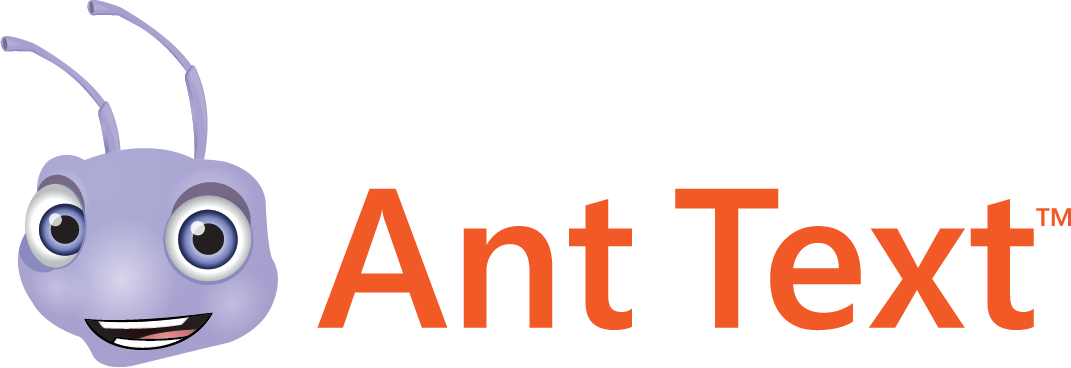Most of us are sending emails on a daily basis and many people might think that the font is not important. Let’s have a look at how fonts actually work! The choice of font should depend on the tone of voice that you want to achieve, so first, let’s dive in to the basic psychology of fonts.
The Basic Psychology Behind Fonts
1. Sans serif – the most used font family in business emails
The most used font in a business email is Helvetica and Arial, but what message do these types of fonts have? These types of fonts belong to the “sans serif” family, which means that the letters exclude the small strokes at the end of letterforms. This type of font looks more “clean” and evokes simplicity, straight-forwardness and openness. This type of font is getting very popular with many famous brands. Examples of brands using this font are: Google, Facebook, Netflix and LinkedIn. Many brands are currently switching to this font, such as Yves Saint Laurent and Balenciaga.
2. Serif – the easiest font to read
Different readability studies have found that serif fonts are the easiest to read. That is why most of the books are written with serif fonts. Fonts that include serifs communicate establishment, stability and formality. They are considered very sophisticated, almost luxurious, which is why many luxurious brands use this font. Examples of companies who use serif fonts are: Vogue, Hugo Boss and Rolex.
3. Slab serif – the most “powerful” font
The slab serif is thicker and consists of “block” like serifs at the end of letterforms. Although this type of font shares some traits with the classic serif font, such as stability, it lacks other traits such as delicacy. Slab serif is therefore considered very strong and masculine, which is why many car and electronic brands use this type of font. Examples of companies using this font are: Sony, Volvo and Honda.
4. Scripts – the “handwritten” font
The handwritten type of font has 2 types. It can portrait either luxury/formality or creativity/naiveness. This depends on the style and context. Many people see the “ink pen” handwriting as sophisticated, formal and romantic, which is why many luxurious brands use this type of font (such as Cartier or Davidoff). Looking at the second “doodle” type of handwriting, it communicates fun, creativity and infantileness. Examples of brands using this type of handwritten font are: Barbie, Chupa Chups and Kleenex.
5 Ant Tips for the Best Email Experience
Choose a font that fits your brand and your message the best
Do not combine more than 2 different fonts together as it creates a mess in reader’s mind
Preview your emails across different devices (some fonts might look different in webmail or on your phone)
Make sure your chosen font is not too difficult to read
The post What fonts to use in your next email? appeared first on Ant Text City of email.
Ant Text, EMAIL TIPS and TRICKS, LATEST NEWS


